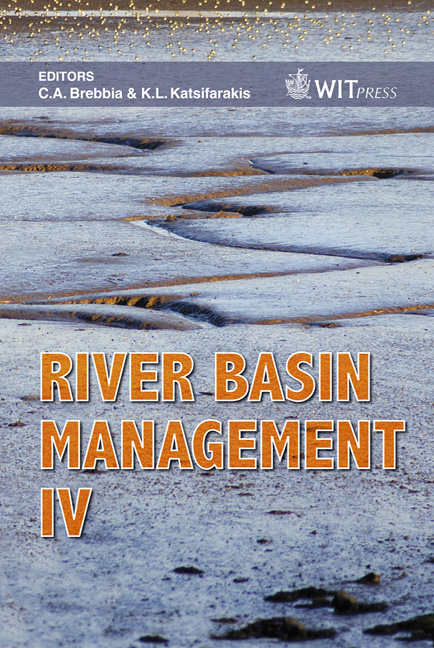Effects Of Topographic Data Resolution And Spatial Model Resolution On A Bi-dimensional Hydro-morphological Model
Price
Free (open access)
Transaction
Volume
104
Pages
10
Published
2007
Size
1,068 kb
Paper DOI
10.2495/RM070311
Copyright
WIT Press
Author(s)
E. Frank, M. Montoya & S. Fattorelli
Abstract
Uncertainties in topographic data may have a significant influence on morphological and hydraulic predictions. In this work, the effects of topographic data resolution and model resolution (dimension of the cell) on the results of a morphological and sediment transport model are analysed using the morphological bi-dimensional curvilinear model MIKE 21C. The study was carried out on the river Torre, located in north-east Italy. Two sources of topographic data were used to create model bathymetry, one based on high-resolution LiDAR (Light Detection And Ranging) data, and the second on river cross-section data. Digital elevation models were created with these topographic data, in order to test the effect of various spatial resolutions. Numerical simulation was carried out for each digital elevation model with different cell dimensions. The impact of topographic information on hydraulic and morphological model results was evaluated by means of three criteria: a) comparison of hydrodynamic results, b) analysis of morphologic variations along the watercourse, c) position of erosional and depositional zones along the watercourse. This study emphasises the importance of input quality information for reliable results of morphological and sediment transport models. Criteria for selecting the optimal dimensions of the cell model are suggested, based on the quality of available data. Keywords: topographical resolution, LiDAR, hydro-morphological model, sediment transport.
Keywords
topographical resolution, LiDAR, hydro-morphological model, sediment transport.





